
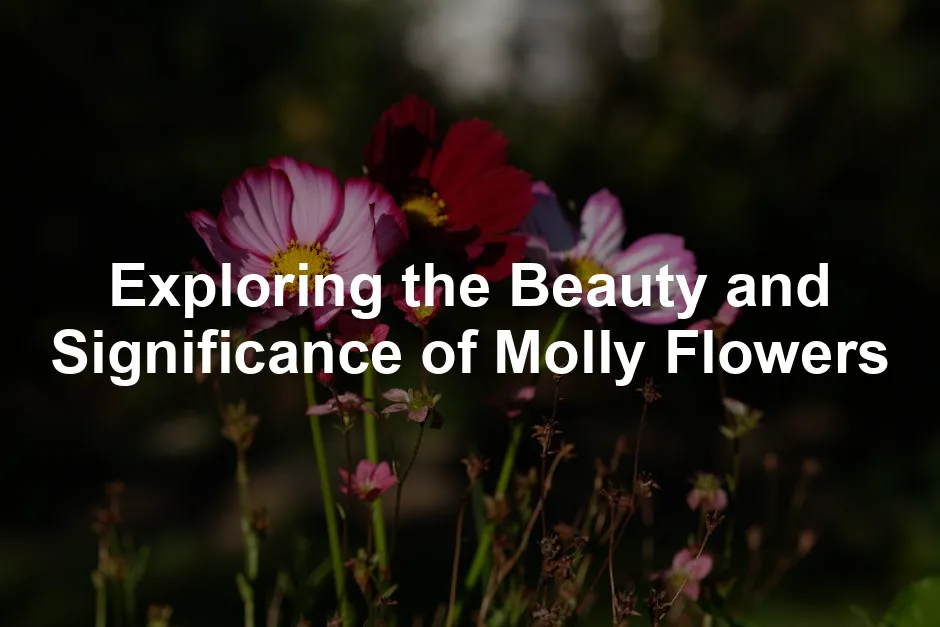
Exploring the Beauty and Significance of Molly Flowers
Introduction
Have you ever admired a beautiful flower and wondered about its story? Molly Flowers, known for their vibrant colors and unique shapes, play a significant role in floral arrangements. Understanding different types of flowers and their meanings can enhance your appreciation for these natural wonders. In this article, you’ll discover the beauty, symbolism, and practical aspects of Molly Flowers. Get ready to explore their charm!
Speaking of charm, if you want to start your garden journey with the best, consider investing in some Molly Flower seeds. They’re the start of something beautiful!
Summary and Overview
Molly Flowers are eye-catching blooms known for their bright colors and distinctive forms. They are popular choices for various occasions, including weddings, funerals, and celebrations. Their versatility makes them suitable for both joyful and solemn events. Each flower carries its own symbolic meaning, often representing love, remembrance, or celebration. Throughout this post, we will explore their botanical classification, growing conditions, uses in floral design, and cultural significance.
To make your floral arrangements pop, consider investing in flower arranging tools. These nifty gadgets can help you create stunning displays that even your mother-in-law will envy!

The Botanical Overview of Molly Flowers
Classification and Species
Molly Flowers belong to the diverse family of flowering plants, often classified under the genus Mollisia. Specific species like Mollisia alba and Mollisia rubra are commonly recognized. These flowers are characterized by their vibrant petals and unique shapes, which can range from simple to intricate designs. Their bright hues attract pollinators, making them a valuable addition to gardens and floral arrangements. With their resilient nature, Molly Flowers thrive in various climates, making them a beloved choice among gardeners and florists alike.
Molly Flowers are not just pretty; they have a story to tell in the world of botany!
Growing Conditions
Molly Flowers thrive in well-drained soil with good organic matter. They prefer a slightly acidic to neutral pH, ideally between 6.0 and 7.0. When it comes to sunlight, these flowers love bright, indirect light. However, they can tolerate some direct sun, especially in the morning.
For optimal growth, maintain a consistent watering schedule. Water them regularly but avoid overwatering, as this can lead to root rot. Mulching can help retain soil moisture and suppress weeds.
Looking for a handy tool to monitor your plants? A soil moisture meter can help you keep track of your watering needs, ensuring your Molly Flowers stay happy and healthy!
Climate plays a significant role in cultivation. Molly Flowers grow best in temperate regions with moderate humidity. In warmer climates, consider partial shade during peak afternoon sun.
Regional variations exist in cultivation practices. For instance, gardeners in cooler areas may start seeds indoors before transferring them outside. Others in warmer regions might sow seeds directly into the ground. Always adjust practices based on local weather conditions and soil quality for the best results.
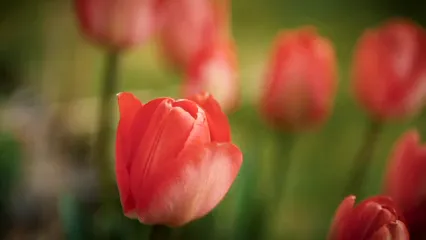
Molly Flowers in Floral Design
Floral Arrangements
Molly Flowers are a fantastic choice for various floral arrangements. Their vibrant colors and unique shapes make them stand out in bouquets and centerpieces. You can often find them in wedding bouquets, adding a pop of color and elegance.
Popular arrangements featuring Molly Flowers include mixed bouquets with roses and lilies. These combinations create stunning contrasts and textures. For centerpieces, try pairing Molly Flowers with greenery and seasonal blooms for a fresh look.
And don’t forget the essentials! A good set of flower press kit can help you preserve those beautiful blooms for years to come!
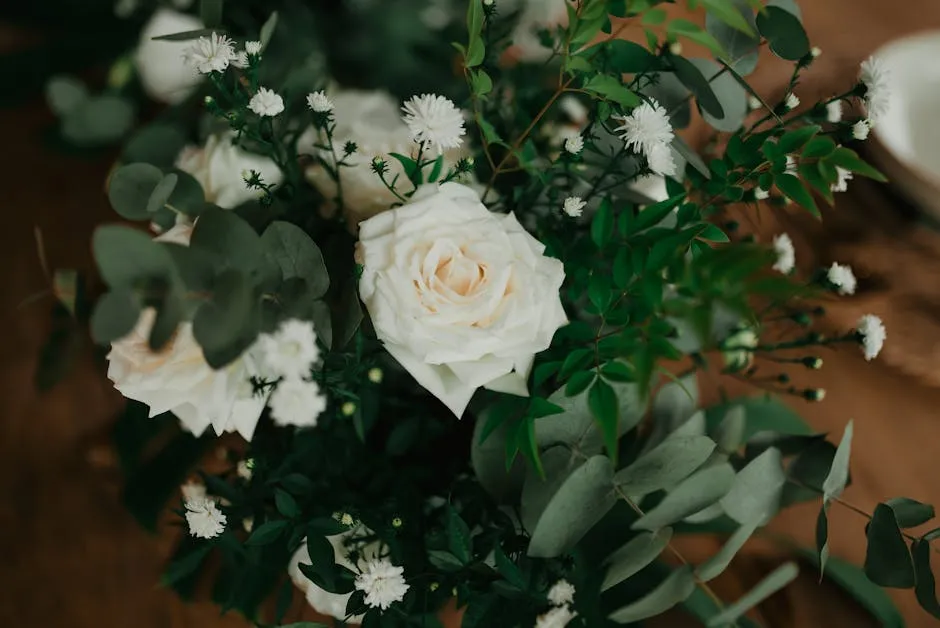
Seasonal Availability
Molly Flowers typically bloom in late spring to early summer. This season offers the best selection and freshness. However, availability can vary based on your location and climate.
To source fresh Molly Flowers year-round, consider local florists or specialty shops. Many growers also offer seasonal subscriptions, ensuring a steady supply of these beautiful blooms.
If you want to add a touch of elegance to your arrangements, consider a stylish vase for floral arrangements. It’s the cherry on top for any bouquet!
Seasonal availability impacts pricing as well. During peak bloom times, prices may be lower due to supply. Conversely, out-of-season flowers can be more expensive and harder to find. Stay informed about local growing seasons to make the most of your floral purchases.
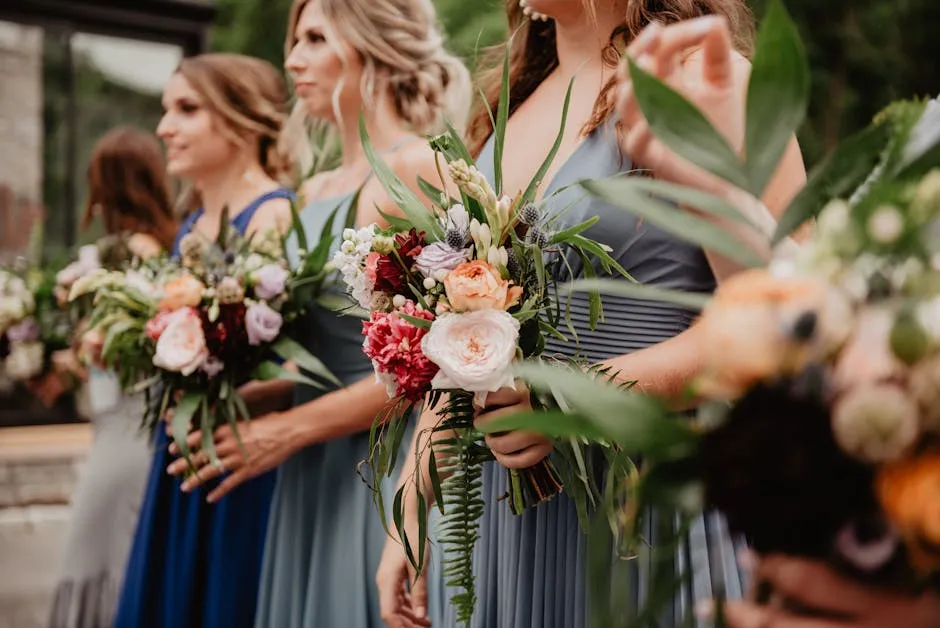
Symbolism and Meaning
Cultural Significance
Molly Flowers hold a special place in various cultures. In some regions, these flowers symbolize purity and renewal, often featured in spring celebrations. Other cultures use them in rituals, marking significant life events like births and weddings. For instance, in certain Asian traditions, Molly Flowers are included in offerings, representing good fortune.
Notable occasions where Molly Flowers shine include festivals and community gatherings. They often decorate altars and homes, adding color and vibrancy. Their cultural importance is recognized globally, making them a cherished bloom in many traditions. Whether honoring ancestors or celebrating new beginnings, Molly Flowers are an essential part of these rituals.

Emotional Connections
Molly Flowers evoke deep emotional connections. They represent love, remembrance, and celebration. Gifting these flowers often conveys heartfelt sentiments. For example, people frequently choose Molly Flowers for anniversaries or as a token of appreciation.
A personal story illustrates this connection beautifully. A friend once received a bouquet of Molly Flowers during a tough time. The vibrant colors reminded her of brighter days, lifting her spirits. Moments like these highlight how Molly Flowers can symbolize hope and joy. Whether commemorating a loved one or celebrating a milestone, these flowers resonate with emotions that connect us all.

Molly Flowers in Special Occasions
Weddings
Molly Flowers play a vital role in wedding decor. Their vibrant hues add life to any ceremony. Popular arrangements include bouquets and centerpieces featuring Molly Flowers paired with delicate greenery. These combinations create stunning visuals that enhance the wedding atmosphere.
For brides and grooms selecting Molly Flowers, consider their color palette. Bright shades can energize the space, while softer tones create an elegant feel. Additionally, think about the season when choosing flowers, as freshness is key. Collaborating with a florist can help achieve the desired look while ensuring the flowers complement the overall theme. With careful selection, Molly Flowers can transform any wedding into a memorable celebration.
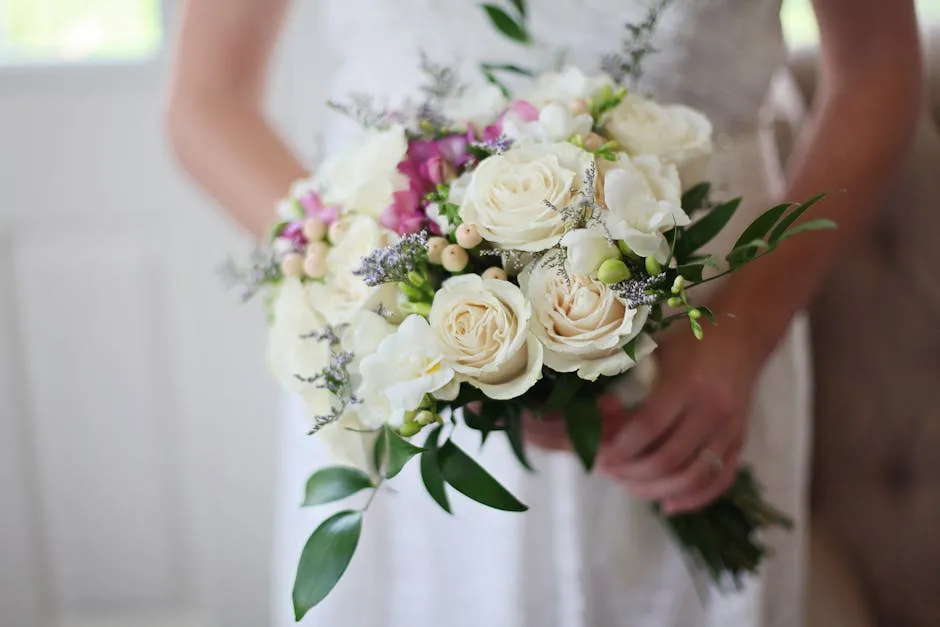
Funerals and Memorials
Molly Flowers hold deep significance in funeral arrangements and memorial tributes. Their vibrant colors and elegant shapes symbolize love and remembrance, making them a meaningful choice during difficult times. Many families opt for these flowers to honor their loved ones, creating heartfelt displays that convey sympathy.
When designing floral arrangements for memorials, consider soft hues like whites and pastels. A simple bouquet of Molly Flowers paired with greenery can create a serene atmosphere. Alternatively, striking arrangements featuring a mix of bright Molly Flowers can celebrate the life of the deceased.
To express sympathy through Molly Flowers, include a personal note or message. Sharing a memory or sentiment alongside the flowers adds a personal touch that can comfort grieving families. Whether in a bouquet or a centerpiece, Molly Flowers serve as a beautiful tribute, reminding us of the love and joy shared with those we’ve lost.

FAQs
What are Molly Flowers?
Molly Flowers are vibrant blooms known for their unique shapes. These flowers belong to the *Mollisia* genus and are cherished for their colorful petals and resilience.
How do I care for Molly Flowers?
To care for Molly Flowers, provide bright, indirect light. Water them regularly but avoid overwatering. Ensure good drainage in the soil for optimal growth.
What occasions are Molly Flowers suitable for?
Molly Flowers are perfect for weddings, funerals, and celebrations. Their versatility makes them a popular choice for various events.
Can I grow Molly Flowers at home?
Yes! You can grow Molly Flowers in well-drained soil with bright light. Follow local gardening tips for best results based on your climate.
What are the best arrangements for Molly Flowers?
For arrangements, consider pairing Molly Flowers with greenery and seasonal blooms. They work beautifully in bouquets, centerpieces, and mixed arrangements.
If you’re serious about your gardening adventures, a good pair of gardening gloves is essential. Protect those hands while you dig in the dirt!
Please let us know what you think about our content by leaving a comment down below!
Thank you for reading till here 🙂
If you’re interested in enhancing your gardening experience, consider reading about joy garden and how it can cultivate happiness through nature.
For those looking to improve their gardening skills, check out these raised bed gardening tips and tricks that provide a comprehensive guide for better practices.
Lastly, if you’re looking to enhance your space, consider some decorative planter pots to showcase your beautiful flowers!
All images from Pexels



